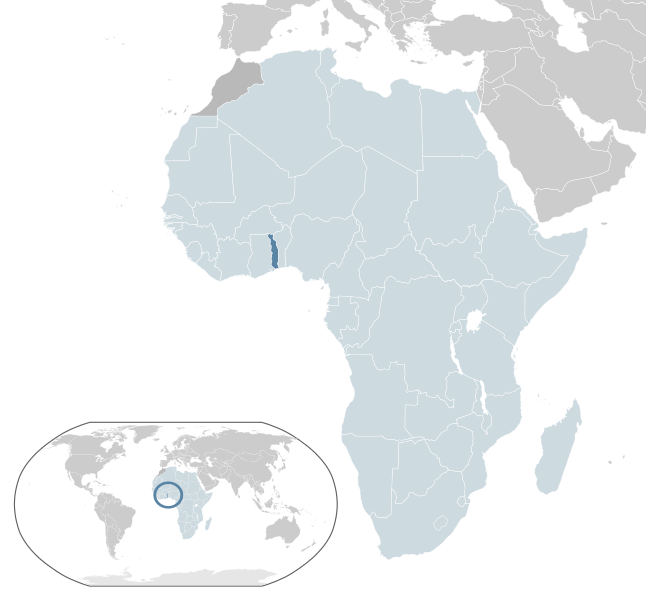NewsDesk @bactiman63
The Ministère de la Santé et de l’Hygiène publique in Togo has reported a Lassa fever death in the northern part of the country.

“A case of Lassa virus disease was confirmed on February 26, 2022. This is a 35-year-old woman, residing in the Oti-Sud district, who died of complications from the disease”, underlines the press release signed Moustafa Mijiyawa, Minister in charge of Health.
In order to preserve the populations, the health authorities have taken measures, including the intensification of investigations in the community for the search for possible cases or deaths and the search for contacts.
The last suspected cases of Lassa virus disease in the country date back to April 2021.
Lassa fever is an acute viral hemorrhagic illness transmitted to humans through contact with food or household items contaminated by rodents infected with the Lassa fever virus. Person-to-person transmission can also occur, particularly in a hospital environment with inadequate infection control measures. Like several countries in West Africa, the disease is endemic and is often recorded during the dry season, often between November and May.
Subscribe to Outbreak News TV on YouTube
Lassa fever presents initially like any other febrile illness such as malaria. Its symptoms include fever, headache, sore throat, general body weakness, cough, nausea, vomiting, diarrhea, muscle pains, chest pain, and in severe cases, unexplainable bleeding from ears, eyes, nose, mouth, and other body openings. The time between infection and the appearance of symptoms of the disease is 3 to 21 days. Early treatment and diagnosis increase the chances of survival.
Lassa fever in Nigeria: 91 more confirmed cases last week
Mauritania reports two human Crimean-Congo hemorrhagic fever cases
South Africa typhoid: ‘Contamination of municipal water is extremely unlikely to be the source’
Polio outbreak in Malawi, First case of wild poliovirus reported in country since 1992


One thought on “Lassa fever death reported in Togo”